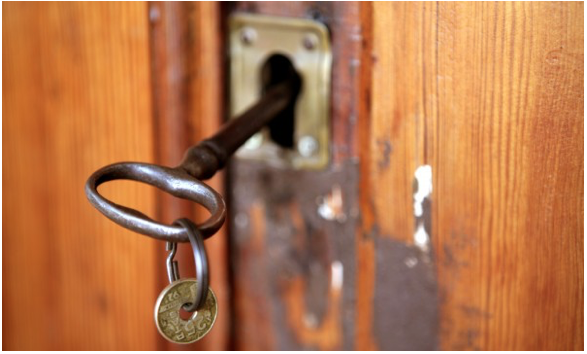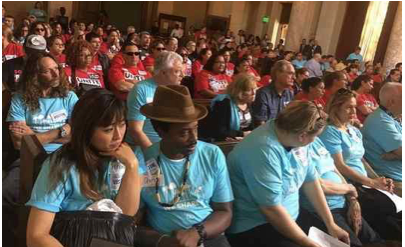Westfield: Not Such a Good Neighbor to Some ‘Village’ Tenants
RANTZ & RAVEZ-The Westfield “Village” at Victory and Topanga Canyon in the West San Fernando Valley has turned into a place to walk your dog and pay for parking (some validate) to do business with local vendors that remain open for business despite the poor foot traffic and slow sales in the area. More and more of the businesses in the “Village” are experiencing financial difficulties; sales have not been what was expected.



































